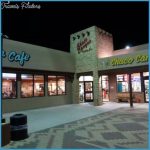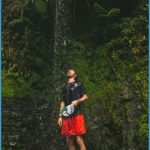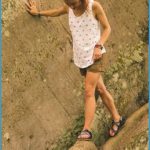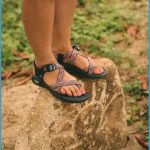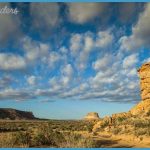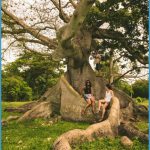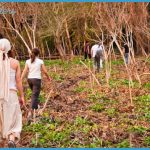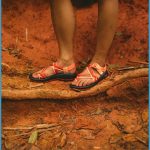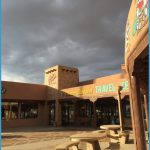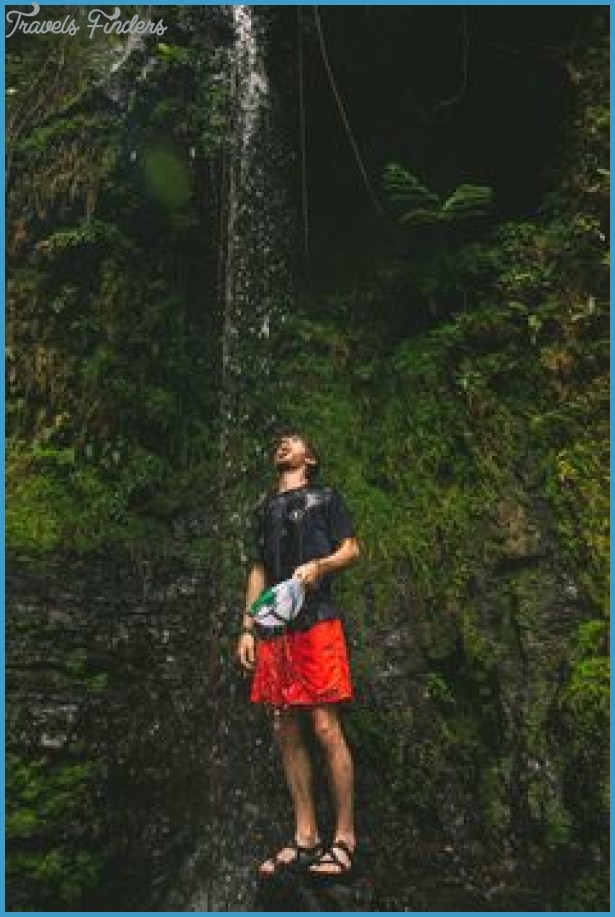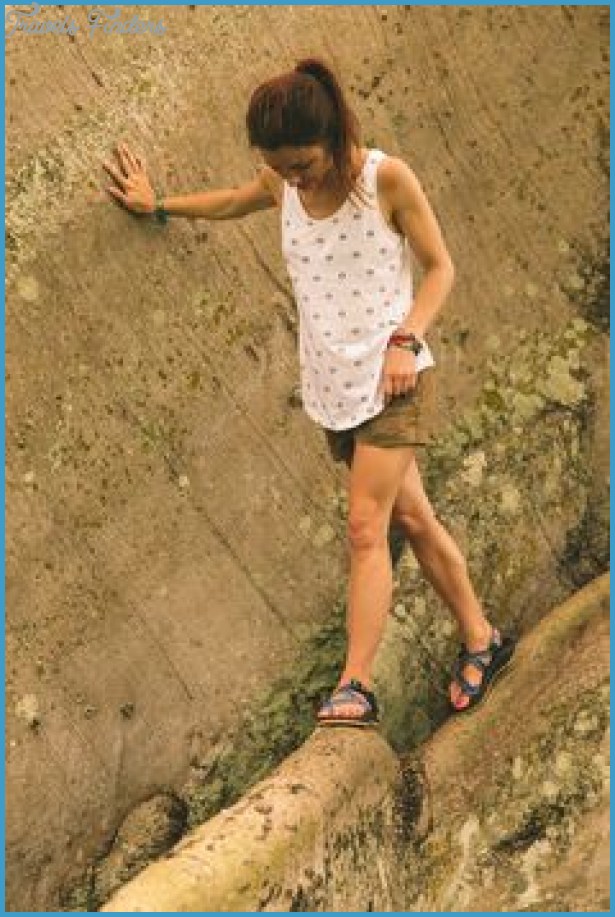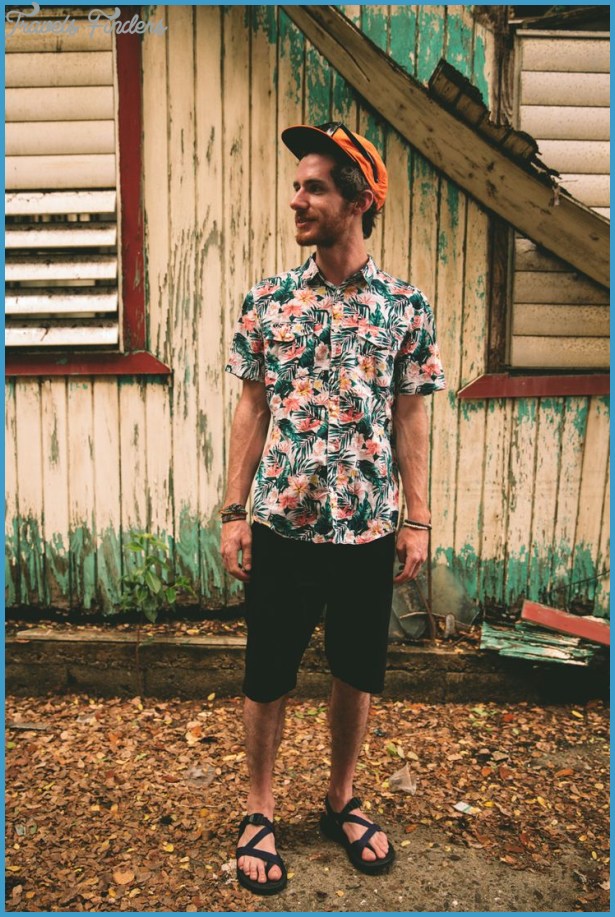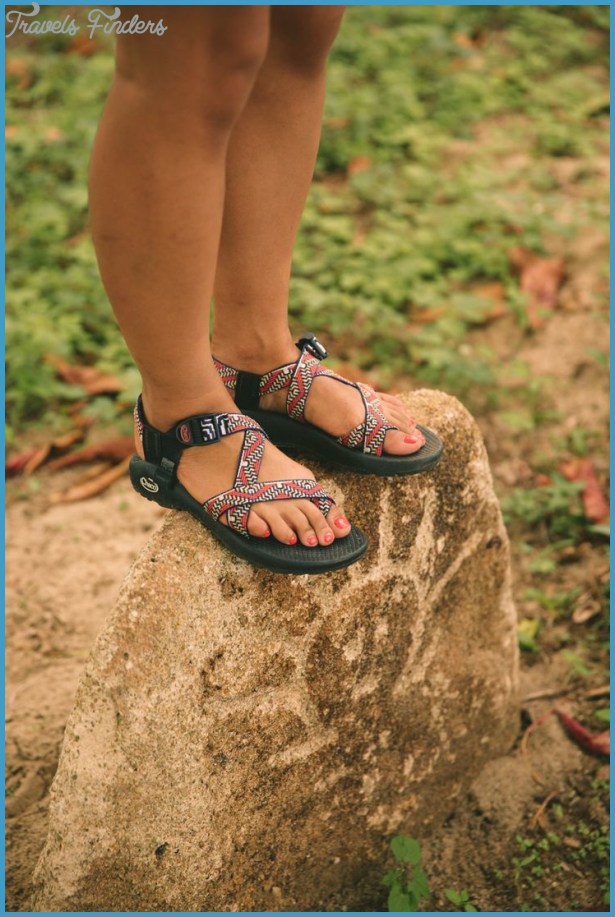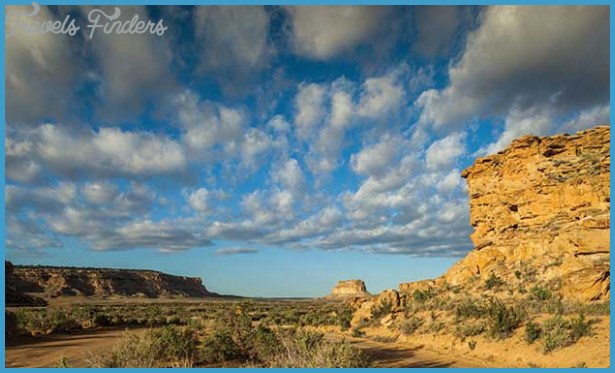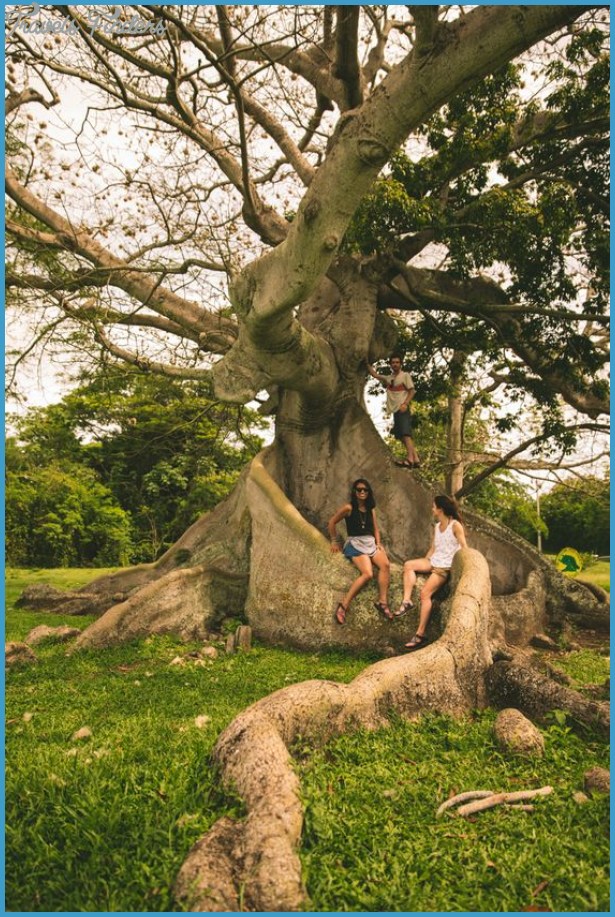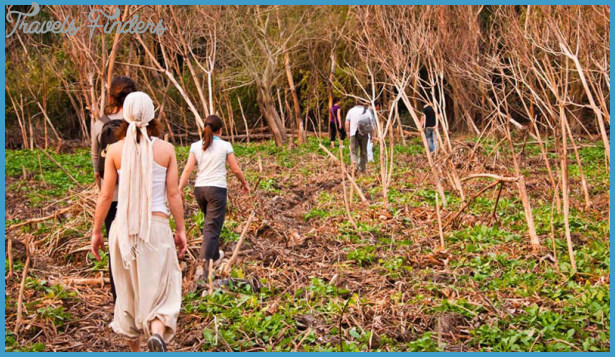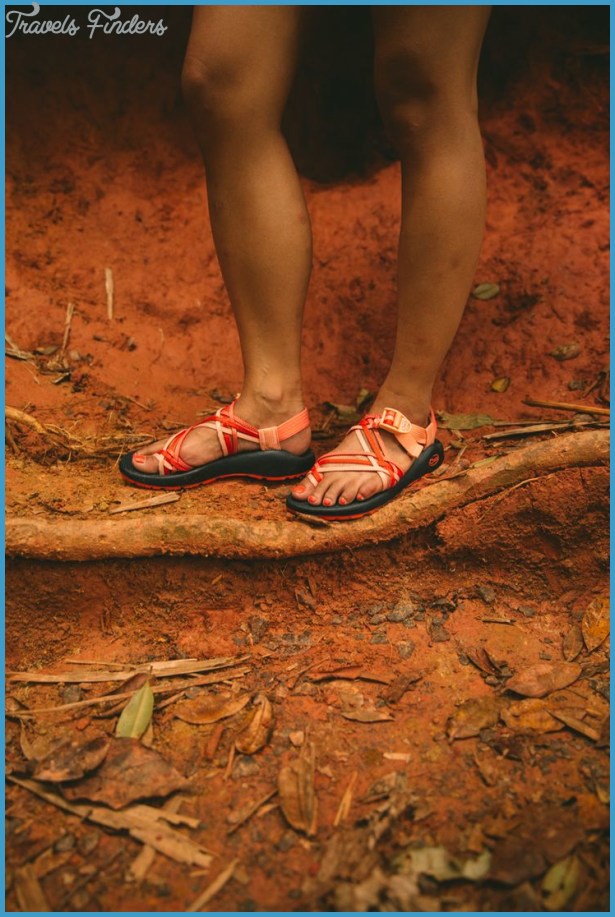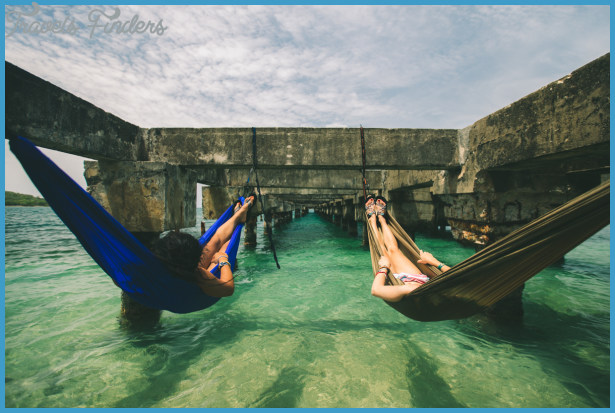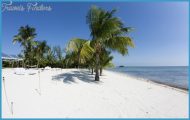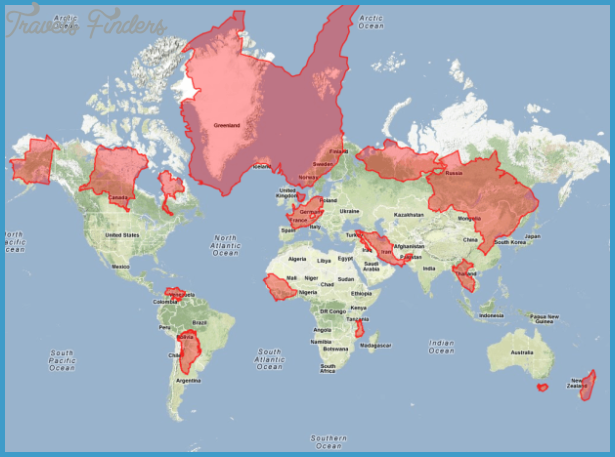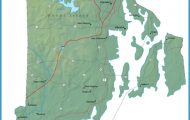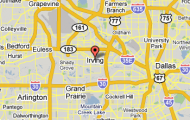Neuland
The newest of the Chaco’s Mennonite colonies, Neuland was founded in 1947 by Mennonites escaping religious persecution in the Soviet Union. At 2,474 people, Neuland was the largest of the area’s colonies. The majority of Neuland’s original settlers were women, the Mennonite men having been sentenced to Siberian work camps. These women fled from the Soviet Union to Germany, from where they were then allowed to immigrate to Paraguay. Today Neuland is home to the Cooperativa Multiactiva Neuland (www.neuland.com.py) which produces Co-op dairy products, as well as beef, fish, and crops such as peanuts and sesame. The town’s plaza and museum are nicely done, though only those truly intrigued by the Mennonites will find this to be enough of a reason to visit Neuland. For most a better reason is its proximity to the Chaco’s most well known battle ground, Fortin Boqueron. Travelers on a budget can save money by taking a bus to Neuland and travel by taxi to Fortin Boqueron, twenty-seven kilometers away.
Cooperativa Neuland Tourism Office Manned by the charismatic and enthusiastic Heinz Weibe. He is more than happy to lead visitors on a tour of the cooperative offices, museum, and town plaza. Be sure to call ahead to make sure Mr. Weibe is available, as his vivid descriptions of life in Neuland are what make the tour worthwhile. Tel: 0493 240 201/4, 0971 701 634, Office is located within the cooperative headquarters, hweibe@neuland.com.py
Parque Chaco Boreal
This small, nicely maintained plaza next to the cooperative is the site of three commemorative statues. The first statue is of a Mennonite woman working the land and is located in the main plaza. The statue is an homage to the widowed women who came to Paraguay seeking a new future. The second and third are memorials for the twenty-fifth and fiftieth anniversary of the colony’s founding. On the far end of the plaza, there is a well-digging machine donated to the colony by Dutch Mennonites in 1967. This machine was used to dig more than 1000 wells in the area, a key improvement for the colonists (who were hand digging wells at that time). Nearby is Freundschaft Park which has been left in a natural state in order for visitors to have an idea of what the area looked like when the Mennonites arrived.
Museo Historico de la Colonia Neuland
Of the three Mennonite museums in the Chaco, Neuland’s gives the best idea of life as one of the region’s original settlers. The museum has been set up to resemble a typical Mennonite dwelling with a main house, a covered barn for farming equipment, and a separate building for the kitchen. Inside you will find various items used by the Mennonites upon their arrival including butter churns, sausage fillers, and many handmade objects and inventions that are a testament to their “make it work” attitude. Particularly interesting are the large egg incubators used to transport eggs during the week-long journey to the market in Asuncion and a strange machine created to make ceramic bricks and tiles (including those used to build the museum). Tel: 0493 240 201/4, 0971 701 634, tours must be arranged with the Cooperativa Multiactiva Neuland’s tourism office Getting There
The turn off to Neuland is on km 450 of the Trans Chaco Highway. From here turn left (if coming from Asuncion) and continue for about twenty-five kilometers down the paved road that leads to the center of town.
Stel Turismo (Tel: 021 558 196) runs daily buses from Asuncion, Gs. 80,000, and Nasa-Golondrina (Tel: 0491 432 492) runs daily buses from Filadelfia.
Lodging
Hotel Boqueron Located across the street from the cooperative, Hotel Boqueron is pretty much the only game in town. Although it is your only option, it is not a bad one. Rooms are nicely done and the restaurant serves up a decent meal and has a small lunch buffet as well. Tel 0493 240 311/669, 0971 401 063, Located directly across from the cooperative supermarket, www.neuland.com.py/servicios/hotel-restaurante-boqueron, Single Gs. 60,000 shared bath, Gs. 75,000 private bath, Double Gs. 110,000 shared bath, Gs. 120,000 private bath
Fortm Boqueron
Founded in 1928 to stop the advance of Bolivian troops, Fortm Boqueron is one of the Chaco War’s most significant historic landmarks. Strategically located near fresh water reserves, Fortm Boqueron played a key role in the hostilities between Paraguay and Bolivia both before and during the Chaco War. Today, it is the site of a large museum dedicated to the Chaco War, boasting an extensive collection of Chaco War photos and weaponry. The museum is run by the friendly Carlos Aguero, a walking Chaco War encyclopedia. The premises also retain many of the original 3,800 meters of trenches, most about 1.5 meters deep. Although they are no longer fortified with barbed wire and snipers, the thorny vegetation surrounding the trenches and the intense heat is enough to make you pity the Chaco War soldiers. The trail follows along the old trenches and leads to two small cemeteries for Bolivian and Paraguayan soldiers. Along the way, there are palo borracho trees whose trunks were hollowed out to create hiding places for snipers. The area along the trenches is overgrown, but at the site of the Paraguayan cemetery you will see the savanna-like cleared lands with wild grass similar to what the battle field looked like. Presiding over the Paraguayan cemetery is a large, original cross. The clearing in front of the museum features an evocative statue of a Paraguayan soldier created by famed Paraguayan artist Herman Guggiari. Tel: 0981 242420, Fortin Boqueron is located fifteen kilometers from Neuland and 30 kilometers from Filadelfia and is best visited with a guide (Heinz Weibe of the Neuland Cooperative’s tourism office or Gran Chaco Turismo in Filadelfia are good local options). Another option is to hire a taxi for a round trip from either Filadelfia or Neuland (the cheaper of the two). However this will cost almost as much as a tour. The road which leads from Neuland to Fortin Boqueron is unmarked, therefore those driving in private vehicles should consider taking along a guide or getting specific directions in town, museum hours Wed-Sun 8am-5pm (it is best to call ahead and ensure Sr. Aguero will be there to open the museum).
A Historic Site
In December of 1928, Fortin Boqueron was overtaken by Bolivians troops; this was in retribution for a surprise attack by Paraguayan forces on Fortin Vanguardia to the north near Bahia Negra. These incidents almost set off the already practically inevitable war between Paraguay and Bolivia. However, both sides reached an agreement, mostly because neither was yet prepared for war. Paraguay agreed to rebuild Fortin Vanguardia while Bolivia ceded control of Fortin Boqueron.
After war was officially declared in 1932, Fortin Boqueron was once again overtaken by Bolivian troops eager to gain access to the area’s water reserves. On September 9th, 1932, Lieutenant Coronel Jose Felix Estigarribia launched an attack on Fortin Boqueron in an attempt to regain control of the region. Thus began the Battle of Boqueron (Batalla de Boqueron). An estimated 7,000 Paraguayan troops fought against the 500 Bolivians within Fortin Boqueron as well as the 3,500 Bolivian reinforcements troops that later came to their aid (these estimates, as well as casualties, vary depending on the source). Fortin Boqueron remained under siege for twenty days after which the Bolivians surrendered unconditionally. The victory at Boqueron was key, allowing Paraguayan troops to advance into Bolivian territory and September 29th is celebrated as a national holiday (Victoria del la Batalla de Boqueron).

